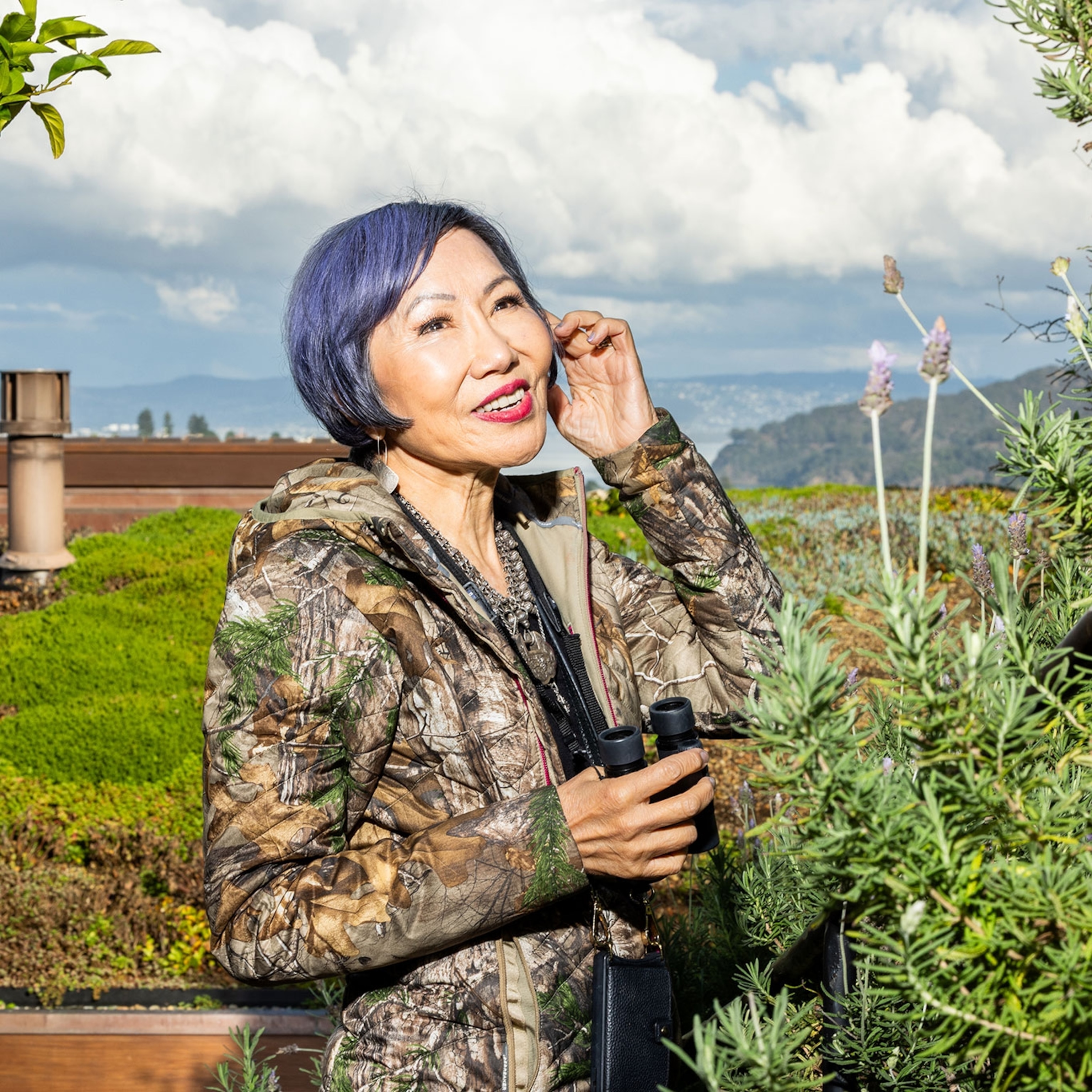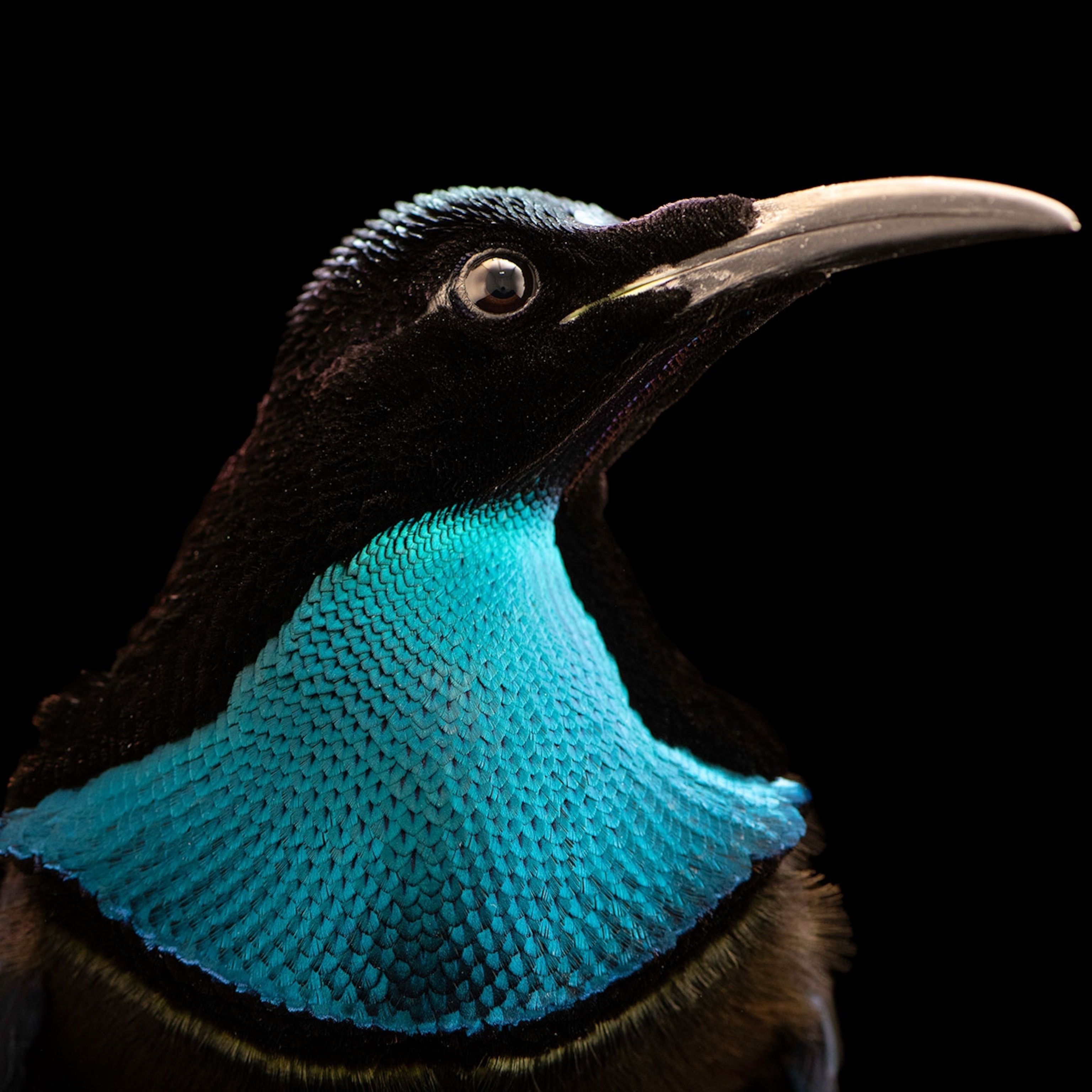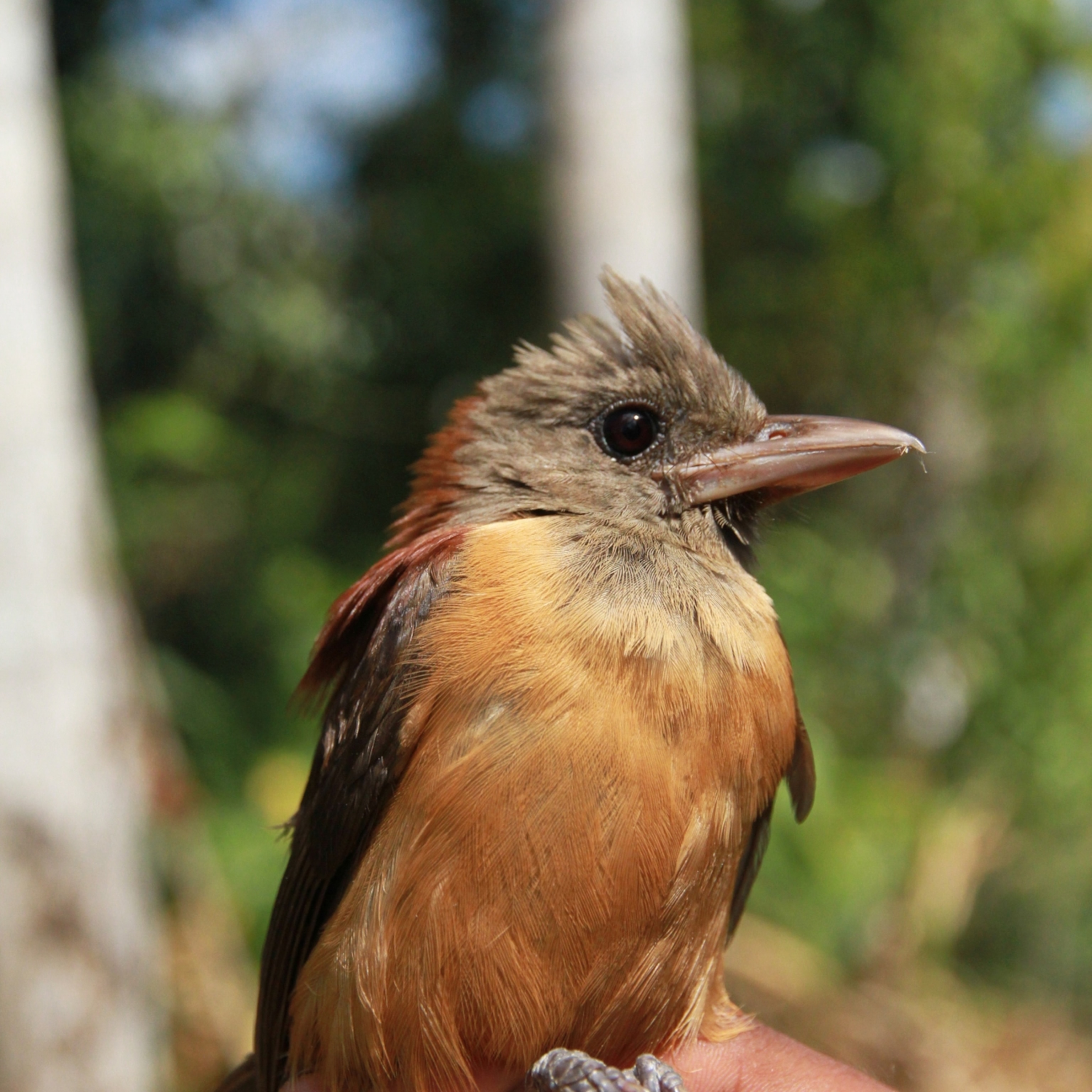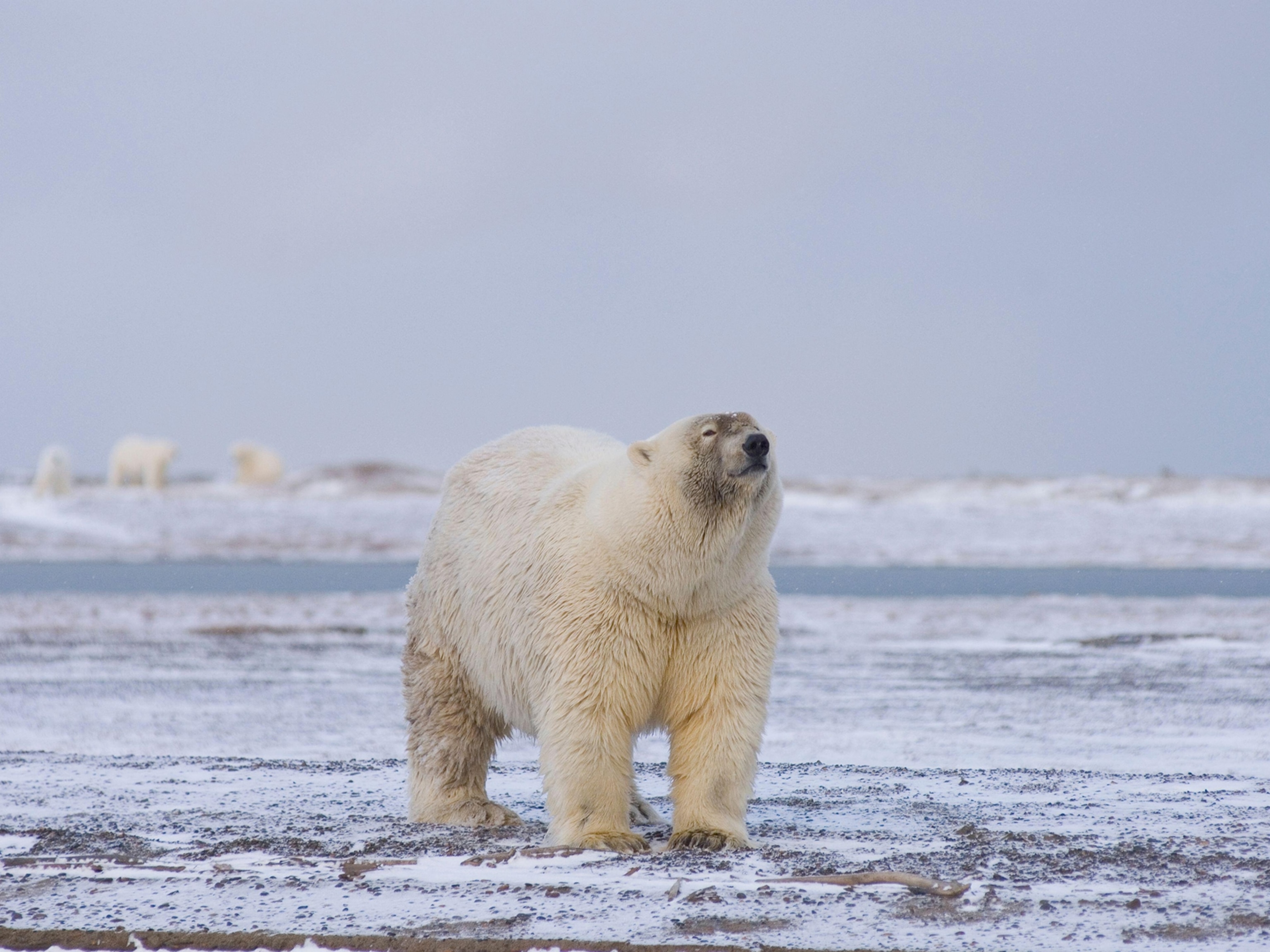Sipping a collective 400 million cups a day, most coffee-loving Americans are likely unaware of how their cherished brew impacts tropical bird populations in some of the world’s most critical biodiversity hotspots.
Fortunately, University of Utah biologist Çağan Şekercioğlu and his team of researchers are on it.
Their landmark 12-year study of 57,255 individually banded birds representing 265 species at 19 Costa Rican sites sheds new light on how tropical birds, a key indicator of ecosystem health, are faring across a patchwork of habitats in a changing agricultural countryside. The team compared bird populations on primarily open coffee farms (with small amounts of shade) with those in remaining forested areas. Published Monday in the Proceedings of the National Academy of Sciences and partially funded by the National Geographic Society, the study reveals that even a small increase in coffee farm tree cover, from 7 to 13 percent to be exact, can provide a significant boost to birds.
Tropical agriculture is a major driver of species loss. Researchers found that coffee farms offering some tree shade (not to be confused with coffee that is “shade grown” under a full canopy of mature trees) are still experiencing species decline and are no substitute for large swaths of protected forest. Across coffee farms and all sizes and types of forest, researchers found 61 percent more bird species’ populations declined as grew or remained steady. The sole exception to this trend was the 1,500-square mile La Amistad International Park, a transboundary area nearly the size of Rhode Island spanning Costa Rica and Panama.
Why does this matter?
“Bird diversity is a very good indicator of the overall environmental health of the system. That’s why I think people should be concerned about a study like this,” says Robert Rice, a geographer at the Smithsonian Migratory Bird Center for conservation research and public education, who wasn’t involved in the study.
“Coffee drinkers should care. Every sip of coffee is a footprint on the earth, and is that footprint good for birds or not? It’s an open question which this study helps clarify,” says Paul Robbins, dean of the Nelson Institute for Environmental Studies at the University of Wisconsin-Madison. (Read how your genes may be to blame for whether you love or loathe coffee.)
Big scale, long term
“One of the things that’s powerful about this study is that it’s an examination over time, and we get very little of that. They’re netting 60,000 birds between 1999 and 2010. That kind of long-term, large-scale monitoring is extraordinarily rare. The kinds of studies I’ve been involved in are strictly one-time shots—you go and count the birds in year X, or year Y. You can’t tell what the trends are, and you’re really only getting a fraction of the birds and the species in the sample,” Robbins says.
Şekercioğlu enlisted local farmers turned “citizen scientists” to help his team painstakingly band thousands of birds by hand, year after year and relied on funding provided by the Moore Family Foundation, Wildlife Conservation Society, and the Winslow Foundation, in addition to National Geographic Society.
“These folks, they really went to town. This is a very, very comprehensive study, and in lots of different landscapes. Yes, they’re looking at coffee, but they’re also looking at riparian corridors, secondary forests, forest fragments, primary forests, and that kind of comparative analysis is also extraordinarily rare,” Robbins says.
Short-term studies focusing solely on species richness, Şekercioğlu says, are likely to paint a rosier picture than the ecological reality.
“Just looking at how many species a habitat has is definitely not enough. In the public eye, having a lot of species is a good thing, which it is—but it’s definitely not enough. The key thing is what type of species are present,” he says. It’s important to focus on threatened species, species only found in certain parts of the globe, and “specialists”—birds that only eat a certain kind of food or live in a very specific habitat. While sun plantations offering very limited amounts of tree shade definitely provide a boost to bird biodiversity, the study finds that these sites are not as helpful to forest specialist birds—the ones losing their precious habitat as coffee production spreads.
Consumers matter
“Why should anybody care about biodiversity and the fact that humanity is driving all these species extinct? We are the cause of the sixth mass extinction the planet’s experiencing. We have a moral, ethical duty not to basically destroy the planet,” Şekercioğlu says. “If you’re drinking coffee, that is a key crop that is planted in many of the world’s tropical biodiversity hotspots, and your choices in where you get your coffee can make a positive or negative influence.”
For coffee drinkers wanting to minimize their ornithological footprint, Şekercioğlu’s top recommendation is to purchase coffee from Ethiopia or Kenya. Coffee is a native understory plant in East Africa, where it’s often still traditionally grown under 20-foot tall native trees. Mexican coffee, he said, also has a high percentage of shade-grown beans. (Learn more about Ethiopia’s bird-friendly coffee.)
On a practical level, however, single-origin coffees can be pricey. The Smithsonian’s Migratory Bird Center’s Bird Friendly Coffee program, co-founded by Robert Rice in the late 1990s, is the best certification scheme for those concerned with bird biodiversity, Şekercioğlu says.
Other organizations, such as The Rainforest Alliance, offer their own certifications. These tend to be focused on environmental impacts more generally often along with other factors such as labor welfare.
“We need to know how those kinds of [agricultural] landscapes compare to and contribute to biodiversity. We need a lot more work like this. We need it not just on coffee, but we need it on cacao, we need it on all kinds of crops all around the world,” Robbins says.









